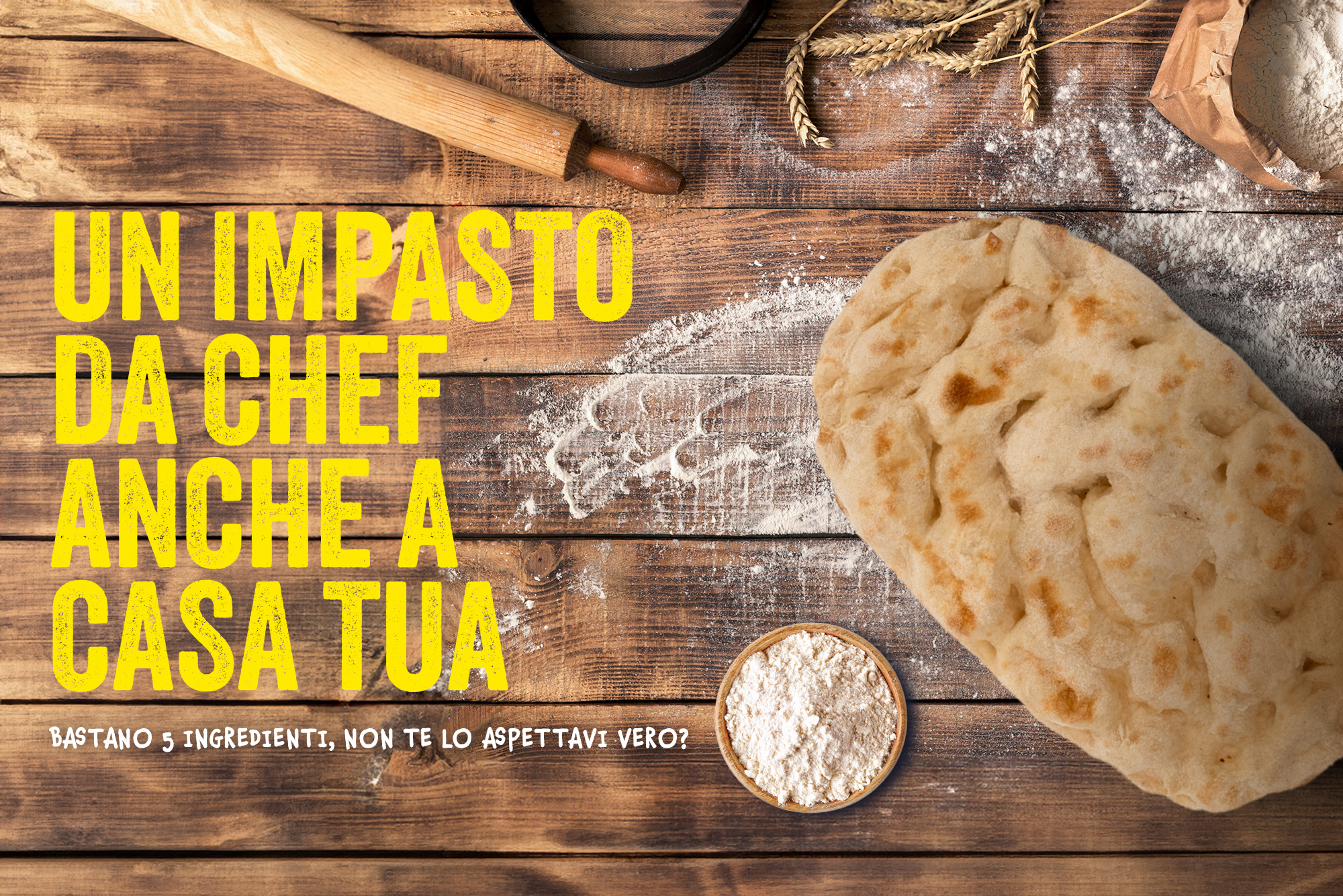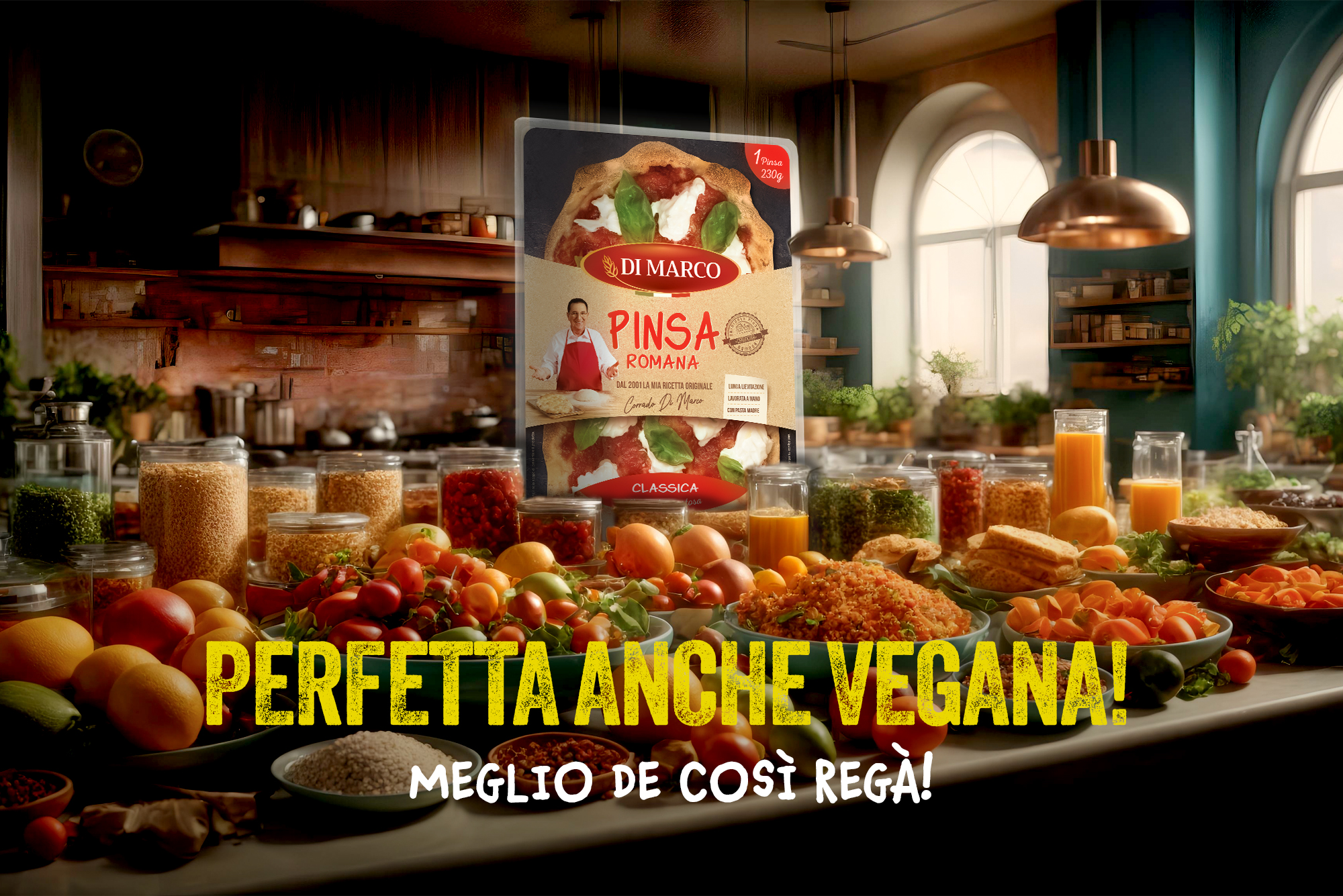Nutrition plays a fundamental role for our health, and the key to preserving it and keeping fit is to choose light and digestible food. Now, let’s ask ourselves why and, more importantly, how to recognize light and digestible food.
Why to opt for light and digestible food
First, light food – i.e. low-calorie food with limited amounts of fat and sugar – helps us maintain a stable and healthy weight. Preventing or treating problems of overweight and obesity means safeguarding our well-being, reducing the risk of metabolic diseases such as type 2 diabetes, or hypertension and other cardiovascular problems.
Digestibility is equally important for our digestive well-being. This is the ability of our digestive system to break down and assimilate nutrients without causing discomfort or real gastrointestinal problems. It is true that heaviness is not a disease in itself, but it is still a sign of fatigue that should be avoided to preserve our well-being and to prevent real pathologies.
How to recognize lightness?
The concept of light food can be nuanced and variable depending on cultural context and individual preferences, but in general a food is defined as such when it is low in calories in relation to its weight.
Despite the simplicity of the definition, one must consider all the factors that contribute to the lightness of a food. For example, one of the characteristics of these foods is their high water and fibre content. Think of fresh fruits, vegetables and soups: these are classic examples of light foods. Water, which is one of their main components, ensures satiety while providing few calories. Fibres determine further benefits for intestinal regularity.
Any type of light and digestible food is usually low-fat since it derives much of its caloric content from fats. Light and digestible foods also tend to be prepared with healthy cooking methods, such as steaming, grilling or baking.
When is a food easily digestible?
Food digestibility is a concept that should not be overlooked.
However, figuring out if and when a food is easily digestible can be complex, as it depends on a number of factors that, in turn, take into account subjective characteristics, as the type of cooking, the chemical composition of foods and the ability of the digestive system to process them without difficulty. The issue is therefore subjective, and only broad guidelines can be given.
What is not subjective is the importance of food digestibility. Heavy food results in an increased blood flow diverted to the digestive system, which creates unpleasant digestive sensations and, if one is a sportsman, negatively interferes with performance.
As far as individual nutrients are concerned, and with all the premises mentioned above, simple carbohydrates such as sugar and starch are easier to digest than fats and proteins, because our bodies have specific enzymes that result in their almost immediate absorption into the bloodstream: hence the increase of glycaemic levels. Instead, fats are more complex to digest, and proteins are also an expensive process for our bodies, a process that takes place partly in the stomach and partly in the small intestine with special enzymes called endopeptidases (proteases) and exopeptidases. The more complex the process of nutrient assimilation, the more energy is required.
In addition to this, there are also individual factors such as food intolerances, the most common being lactose intolerance.
Pinsa is a light and digestible food: here’s why
It seems strange to talk about light and digestible foods and not focus on vegetables, fruits, white meat or fish. Yet, this is because our pinsa was born precisely to meet the need for lightness and digestibility.
In 2001, when Corrado Di Marco introduced pinsa to the market, the concept of healthy, light and digestible food was quickly becoming a priority for many people. Pizza, which had dominated the Italian food scene for decades (or perhaps centuries), was beginning to be perceived by many as a demanding, caloric food, relegated to the role of the «single course» par excellence.
And here came the intuition of Corrado Di Marco, the creator of the pinsa. His passion for research enabled him to develop the unique flour mix that is still today (albeit subject to continuous refinement) the basis of the product’s success. The mix was specially created to offer an extraordinary experience in terms of taste, crispness and lightness, while reducing calories, fat and sugar intake as much as possible.
Although the composition of the mix remains secret, a key ingredient that contributes to making pinsa so digestible is soy flour, which replaces animal fats and has a significant impact on the crispy texture and even the colour of the product.
As anticipated, it is important to emphasize that lightness is a relative concept, especially when we compare pinsa to its more famous counterpart, pizza. Pinsa, with its balance of ingredients and lower amount of fat, offers a feeling of lightness and digestibility that makes it a welcome choice for those who want a tasty dinner without the weight that sometimes follows traditional meals. Pinsa has thus become a delicious alternative for those seeking a light option without sacrificing taste.










